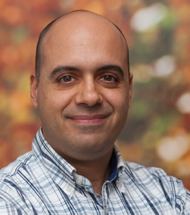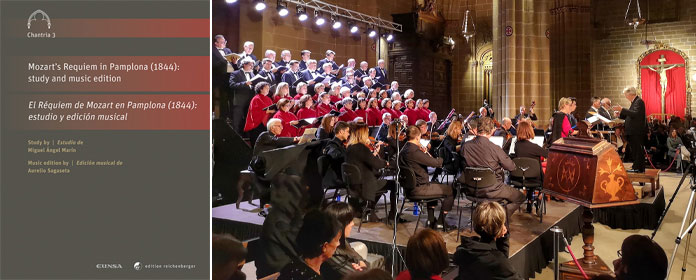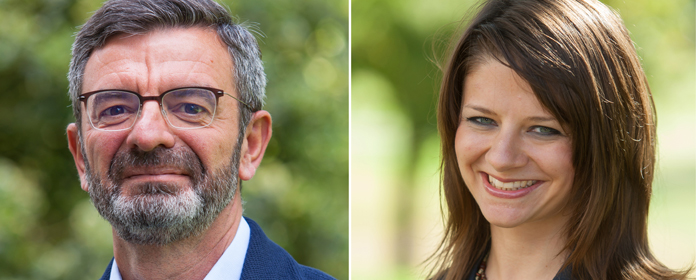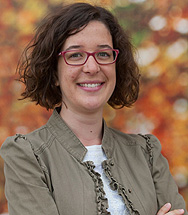A research project aims to understand how time is represented in conversation, in literature and in cinema
Cristóbal Pagán, researcher of the project Creatime, will be able to deepen this analysis at the NIAS thanks to a grant from EURIAS Fellowship

FOTO: Manuel Castells
The Public Discourse project at the Institute for Culture and Society (ICS) explores human creativity in its research line entitled CREATIME. The project is made up of researchers from ICS’ Public Discourse project, as well as from the University of Murcia (Spain), the University of Geneva (Switzerland) and the University of Lancaster (UK). The team hopes to understand how time is represented in conversation, in literature and in cinema by studying verbal expression, gestural expression and cinematographic techniques.
“Focusing on spatial terms helps us to understand creativity since they are often used to materialize abstract concepts of time,” Cristóbal Pagán (ICS) noted. He is principal investigator of the project, along with Inés Olza (ICS) and Javier Valenzuela (University of Murcia).
According to Pagan, since its creation in 2015, the project has mainly been dedicated to the collection of data on gestures and expressions related to time. “We study verbal expression, gestural expression, cinematographic techniques, like flashbacks, and how time is represented in mainly spatial terms,” he said. Ultimately, the team wants to uncover “how these time metaphors can be creatively manipulated- for example, “give me a minute”- and what the creativity of cognition tells us.
Pagan noted that, “we have already gathered 10,000 clips.” They conducted data collection through the NewsScape database on “Television News,” which is part of the University of California’s library.
Research in the NetherlandsWith this in mind, the researchers will now focus on more theoretical aspects with the aim of “writing good general comparative analyses of the data and their theoretical significance, as well as what CREATIME’s data and analysis can teach researchers interested in the comparative study of all different types of large data.”
Pagán will be able to deepen this analysis at the Netherlands Institute of Advanced Studies (NIAS) thanks to a grant from EURIAS Fellowship. He will join a community of interdisciplinary experts that specialize in his areas of study. Among other topics, they will address issues such as “multimodal communication, gesture, combining images with words with a cognitive approach and doing multimodal metaphor studies, and groups of cognitive linguistics,” he explained.
The EURIAS (European Institutes for Advanced Study) Fellowship program enables researchers- mainly from the humanities and social sciences- to develop their work for a period of 10 months in an advanced studies institute, to be chosen from 18 countries European countries. This initiative is organized by the NetIAS (Network of Institutes of Advanced Studies of Europe) group, which has 22 members in Europe.





